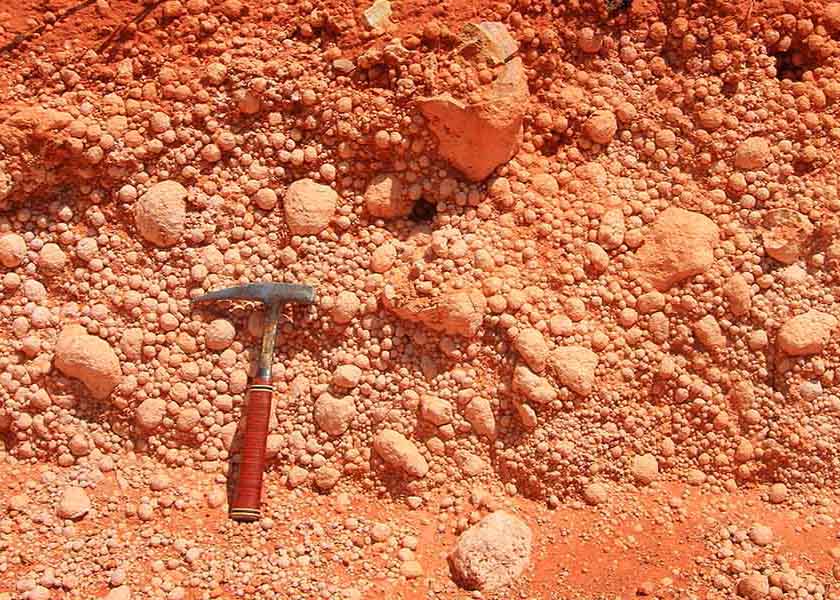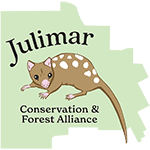Photo credit: © Sharon Richards.
Isn’t Julimar Forest a conservation park?
The name ‘Julimar Conservation Park’ appears on various signs around the forest which is highly misleading as the forest is not a Conservation Park and has little protection compared with a Conservation Park.
At the Toodyay Shire Council meeting, 23 April 1992, it was reported that the Julimar Conservation Park was proposed by CALM but nothing eventuated.
Another attempt to upgrade the status of Julimar State Forest occurred in September 2000, where both WA levels of government had agreed to amend the notified management plan purposes of the Julimar State Forest, deleting timber production on a sustained yield basis.
Park Classification, What are the Differences?
National Parks
- Granted government protection and preservation
- There are significant scenic, biological, or cultural values associated with them on a national or international level.
- The area and its plants and animals are protected from urban development, land clearing, mining, invasive species, and other factors that could damage them.
- Open to the public for enjoyment, sometimes for a fee.
Conservation Parks
- Even though they play a vital role in conservation and recreation on a local or regional level, Conservation Parks are not as significant as National Parks.
- A conservation reserve is usually established when there is potential competing land use, such as high mineral potential.
Nature Reserves
- A nature reserve conserves wildlife and the landscape, as well as archaeological, historical, or scientific features.
- A variety of recreational activities are permitted as long as they do not harm natural ecosystems.
State Forest
- A state forest is crown land set aside to conserve the environment and provide recreation, or to produce timber (sometimes both).
- State forests do not have the same environmental protections as other parks, so they allow different activities such as camping, hiking, mountain biking, horse riding, trail biking, fishing and so forth.
Why should Julimar State Forest be designated as a National Park?
Due to the clearing of vegetation for agriculture over many years the surrounding area is acknowledged as one of the 36 biologically rich areas around the world to have lost at least 70% of their original habitat. Conservation of the remaining areas of natural vegetation is of immense importance.
The natural value of Julimar State Forest is under considerable threat for a range of reasons and without classification as a National Park it lacks the protections that will preserve and maintain its exceptional and internationally renowned biodiversity for future generations.
Threats to the Julimar Conservation Park include:

Weeds, fire, and feral animals
These were highlighted in a 2015 Bioblitz as posing ongoing threats to the remaining vegetation and associated fauna within Julimar State Forest. Better protections are urgently required to prevent further degradation of the Forest by introduced pests, particularly feral pigs.

Unrestricted and indiscriminate vehicle access
Julimar State Forest is becoming an increasingly popular spot for 4WD driving and trail bike riding. These activities provide an opportunity for the community to appreciate the benefits of the area, but currently, access by such vehicles is largely unrestricted and unmonitored.

Exploration and mining
Rich deposits of much sought-after minerals have been discovered in the area and exploration has commenced.
Improved protection associated with National Park status will help to minimise the negative impacts of the above threats:
It will not prevent mining activity in the Forest but will ensure the highest possible protection can be enforced.
It will also improve the management of the natural environment:
Enable more comprehensive monitoring of endangered species.
Improve maintenance and signage of designated vehicle tracks.
Improve opportunities for other more passive recreational activities including bushwalking.

